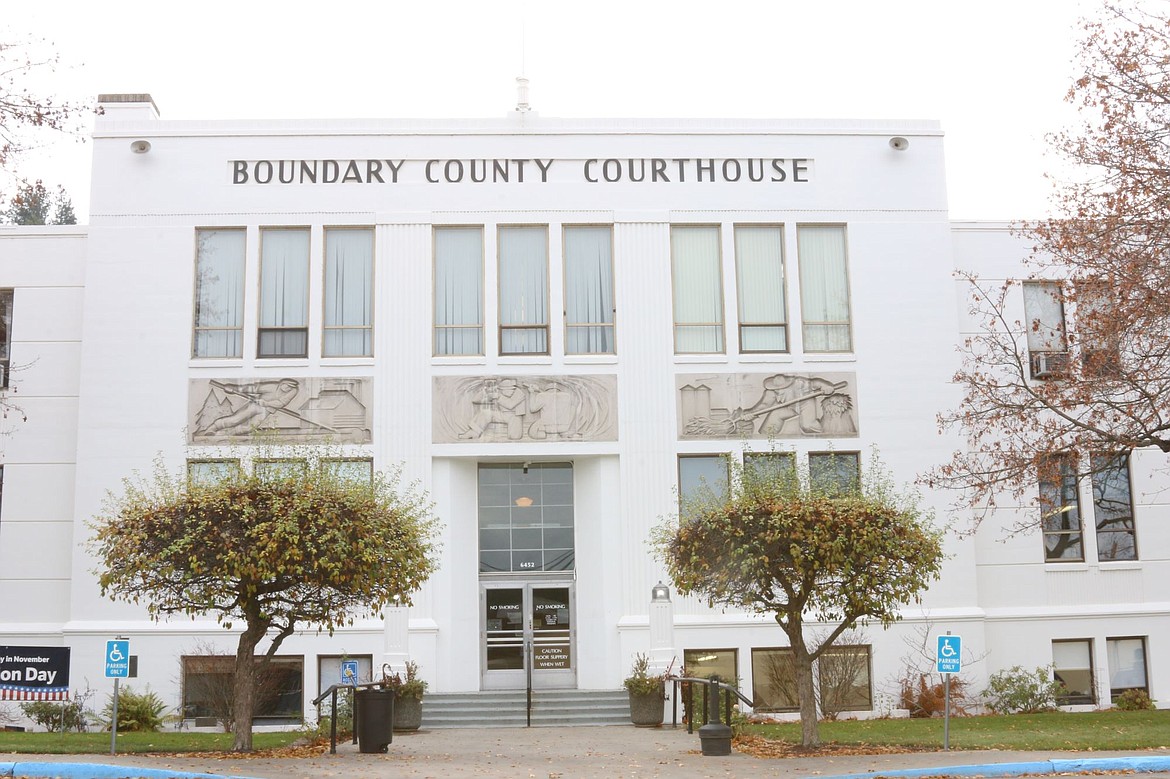All hazards mitigations plan to begin
BONNERS FERRY — Boundary County only received one proposal for its hazard mitigation plan, Boundary County Emergency manager Andrew O’Neel told commissioners Tuesday. The only company to apply is Northwest Management Inc. from Moscow.
Northwest Management has provided forestland and environmental management for 36 years, providing expertise in forestry, technology, wildfire, water resources, wildlife, hazard management and planning.
“Their proposal covered all that we wanted as far as what to accomplish, the timeline, the budget, etc.,” O’Neel said.
Northwest Management has made all hazards mitigation plans in the past, O’Neel said, adding he reached out to Shoshone County’s Emergency Manager Dan Martins for more information on the company, since they had managed that community’s wildfire protection plan a few years ago.
O’Neel said that he received positive reviews from Shoshone County on the work that Northwest Management did. He said the proposal is similar to the county's current plan and how the 2012 plan was done.
Northwest Management’s approach is to lead the effort as part of the county planning team, O’Neel said. The team will involve representatives across county departments. One of the requirements is public input to allow the public the opportunity to raise issues, ask questions and be part of the process, he added.
The project timeline is to start in November for setup and coordination, and to get organized. In December, planning will include establishing members of the project team and schedule a meeting. O’Neel said it’s likely the meetings will be held on a monthly basis.
Public input is to be scheduled from February through May. The plan is then to be sent to the state in May. Proposals were not supposed to be more than $23,000 and the company agreed the project would only cost $23,000. About 10% of that money is to be paid upon signing of the contract and project initiation, O’Neel said.
The county pays up front, O’Neel said. Since the grant is a 75% to 25% cost the county is responsible to pay 35% of the cost, which is $7,500. The federal government will pay the remaining $23,000, O’Neel said.
The county’s share will cover the time spent in contributing to the project.
“Meaning that my hours, commissioner hours today, anytime we talk about the project, discuss it, work on it at all, I have to log all that. So it comes out to about 134 hours of work,” O’Neel said.
O’Neel did not think that this many hours would be put in by the county on the project. Hew said he would log all hours worked on the project and once he turns those hours into the state if it is less than 134 hours worked, then the county would be refunded the amount. He projected that the county would only spend about $2,000 on time spent on the project.
O’Neel suggested that the commissioners accept the proposal since the company came recommended, fit all the requirements and the budget that the county wanted. The commissioners accepted the proposal in a 3-0 vote.

